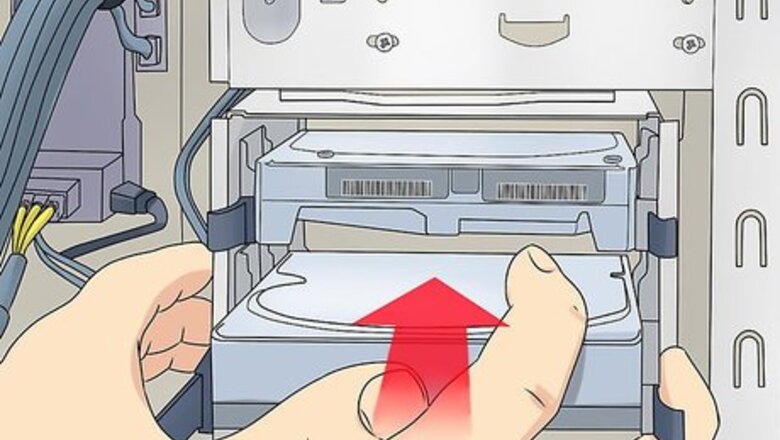
views
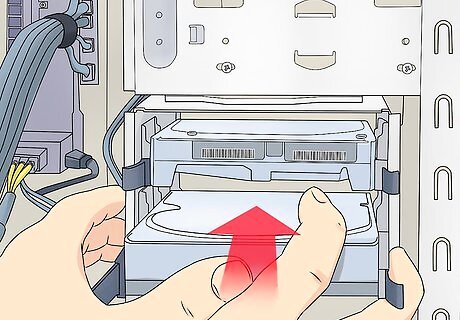
Make sure that your second hard drive is attached. Before you can determine which hard drive is the "Master" and which is the "Slave", you'll need to have both drives attached to your computer. While the "Master" drive is usually your computer's built-in hard drive, the second one must be attached manually to your computer's motherboard. If you haven't yet done so, you'll need to install the hard drive before proceeding.
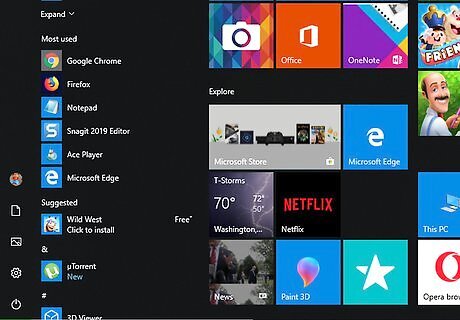
Open Start Windows Start. Click the Windows logo in the bottom-left corner of the screen.
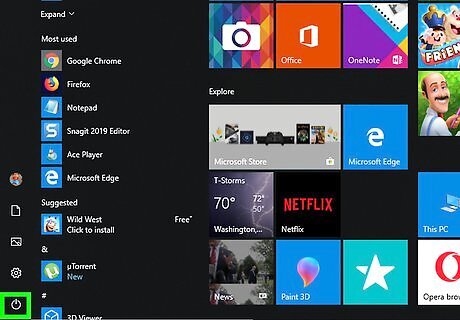
Click Power Windows Power. It's in the lower-left side of the Start window.
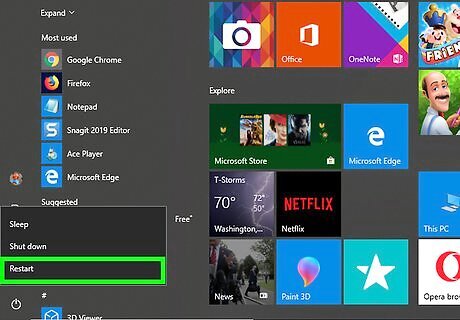
Click Restart. This option is at the top of the pop-up menu. Your computer will begin to restart.
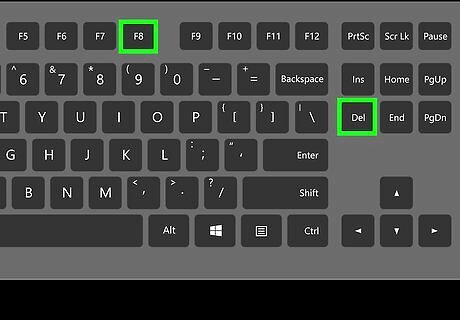
Begin repeatedly tapping the BIOS key. The BIOS key varies from computer to computer, but is usually one of the "F" keys (e.g., F2), the Delete key, or the Esc key. You'll need to press the BIOS key before your computer's startup screen appears. You may receive a prompt at the bottom of the screen right before the startup screen that says "Press [key] to enter setup" or something similar. If you miss the BIOS window, you'll need to restart your computer and try again. Consult your computer's manual or online documentation to determine the BIOS key for your model of computer.
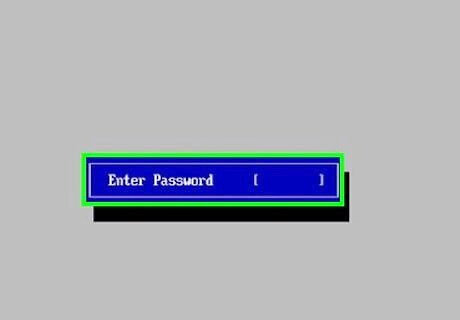
Enter the password if prompted. Once you reach the BIOS, you may be asked to enter a password if you set one previously. If so, type in the password and press ↵ Enter. If you don't remember your BIOS password, you may be able to reset it.

Find the list of hard drives. At the top of the BIOS screen, there should be several tabs. You can navigate through these tabs by using the arrow keys. Scroll through the tabs and examine each tab's information until you find a list of hard drives (or "Hard Disks") that are included in the computer.
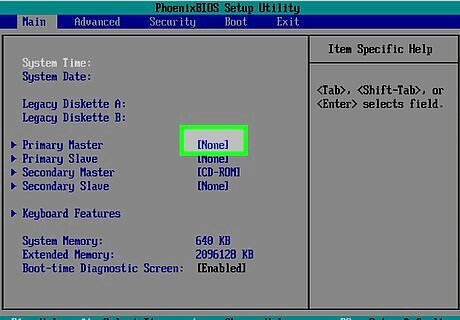
Select the computer's built-in hard drive. This will most likely be the top hard drive in the list, though you should confirm by looking at the drive's name.

Change the hard drive to "Master" status. With the hard drive selected, press the "Configure" or "Change" key (usually ↵ Enter) as listed in the key legend that's at the bottom or side of the screen. You should see "Master" pop up next to the hard drive's name. In some cases, you may have to select None to the right of the hard drive's name before pressing the "Configure" key. You can also set this drive to "Auto" instead to allow your operating system to select "Master" for it.
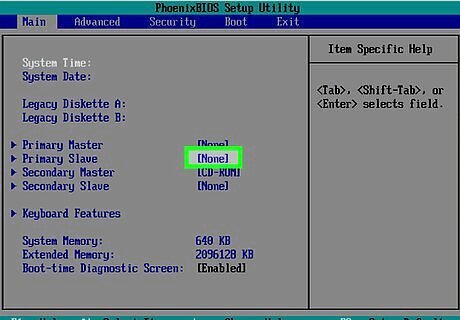
Select the second hard drive. Using the arrow keys, find and select the hard drive that you attached to the computer.
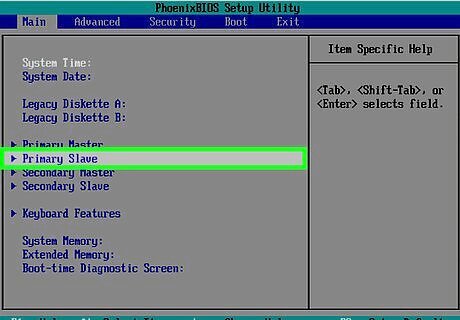
Change the hard drive to "Slave" status. You'll use the "Configure" or "Change" key to do this as well. Once you see "Slave" to the right (or near) the drive's name, you can proceed. If you chose "Auto" for the first drive, you'll instead set the second hard drive to "Auto" as well.
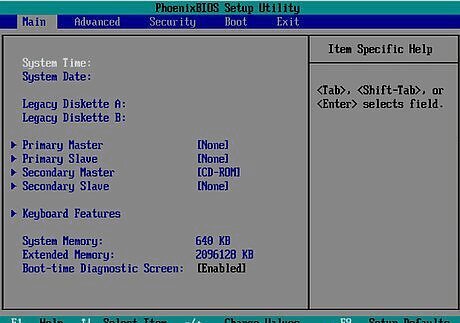
Save your changes and exit the BIOS. To do so, look for the "Save" or "Save and Exit" key in the key legend. Pressing this key will save your "Master" and "Slave" preferences and exit the BIOS. In some cases, you may have to press another key after saving to confirm that you want to save and exit.




















Comments
0 comment